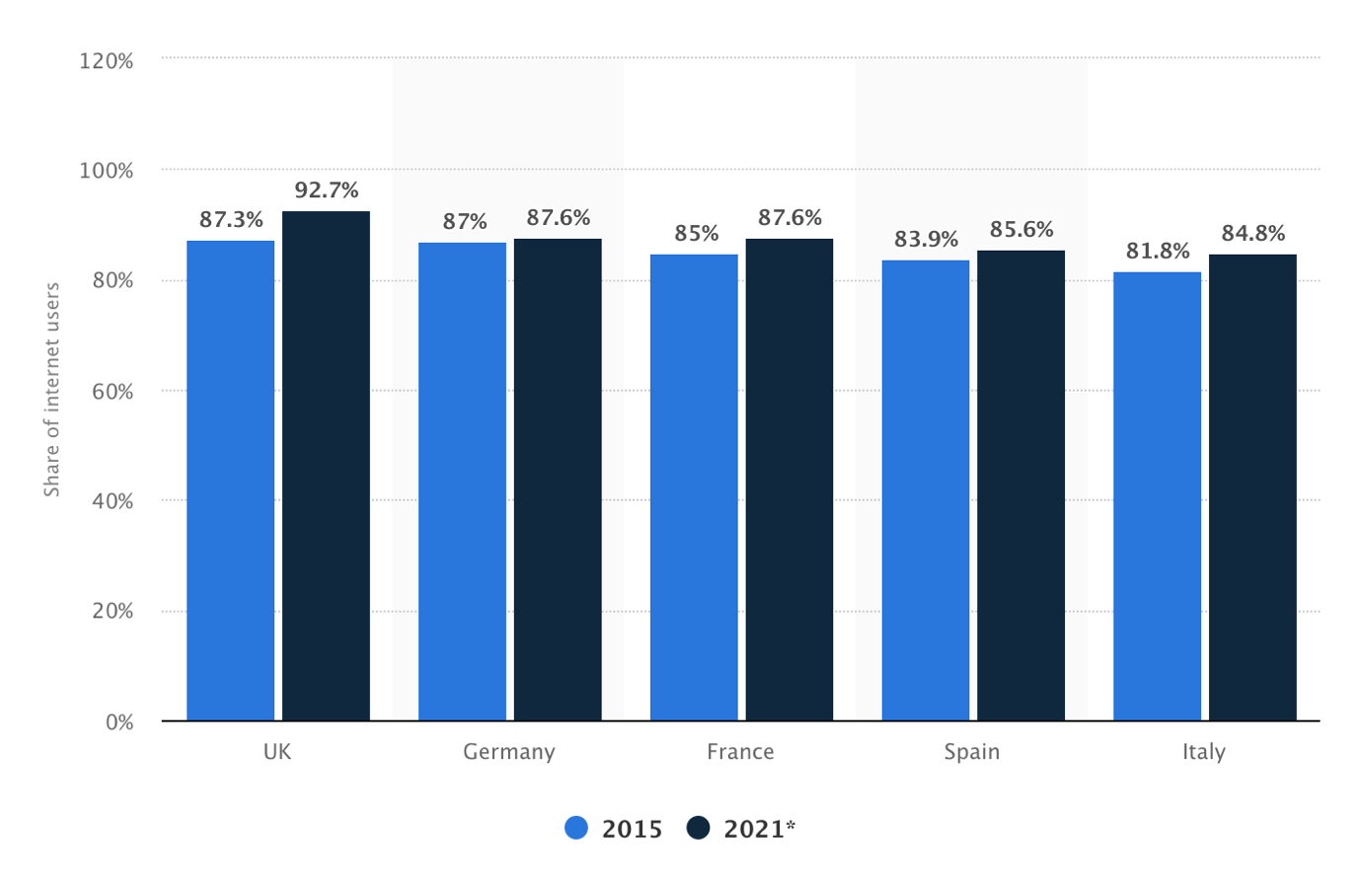By Jason Fagan
What is the direct-to-consumer (D2C) model and how does it differ from business-to-consumer (B2C)?
Long story short, D2C stands for direct-to-consumer and translates to brand sources, or manufacturers, cutting out the middlemen such as Amazon or a retail store and selling directly to their customers, usually by means of an ecommerce website.
B2C or business-to-consumer usually involves the use of a middleman such as a retail store or Amazon.
The direct-to-consumer approach is a fast-growing strategy, as it’s low barrier and means the manufacturer maintains full control of the selling process from start to finish, while selling to the customer at a lower cost and reaping the full profit. That’s a win-win right there.
I intend to dive into detail for the D2C approach below: why you should consider it and why brands like Nike, a household name worldwide, want to have greater control of their brand and user experience and so have made the decision to dump platforms such as Amazon and concentrate on their own ecommerce store.
According to nchannel.com, “81% of consumers plan to shop direct-to-consumer brands within the next five years. It’s clear that direct-to-consumer (DTC) and boutique brands are disrupting retail by taking innovative and digital-first approaches to create loyal customers”.
But as a brand you might be asking yourself why you should choose D2C over B2C, or vice versa, and what exactly are the benefits? Well in 2017, Nike made the decision to start selling its athletic apparel directly on Amazon – a nod to the reach of the retail giant.
However, fast-forward to 2019 and Nike has now dropped the service. Nike ultimately wants more direct, personal relationships with its customer base and this is what has led to their decision to drop Amazon for a more personable D2C approach. “As part of Nike’s focus on elevating consumer experiences through more direct, personal relationships, we have made the decision to complete our current pilot with Amazon Retail,” a Nike spokesperson told Retail Dive in an email.
In recent years, Nike has invested heavily in its customer experience, making improvements to its ecommerce website and online membership program, Nike plus, which offers a variety of member-only products. These small things are what create the user experience and help to drive return custom. These personable approaches simply are not available via third-party vendors such as Amazon.

This begs the question: are the tides turning in favour of a D2C approach, and will this mean increased vulnerability for the likes of Amazon moving forward? To date, Amazon has not shown a willingness to accommodate companies big or small in this regard, but if large brands such as Nike continue to jump ship and invest in a more personable and unique customer experience, will the Amazon marketplace begin to make a shift also? Only time will tell.
Millennials are now at a point where they are the ones driving change in all sorts of landscapes and the customer buying experience is one of them. Customer expectations are shifting with preferences for more streamlined purchase experiences with maximum convenience and a solid brand experience to boot.
The ability to control the customer’s buying journey is also removed when a B2C approach is implemented. This lack of control extends to the overall customer experience, engagement and brand positioning, which is in the hands of the middlemen of a B2C approach.
D2C means the process and buying journey is owned from start to finish, and is done so easily and cheaply through the implementation of an ecommerce site. The company is responsible for making a winning product and then attracting and marketing it effectively to convert visitors of the site to customers, delivering the product and owning the customer communication and experience.
This direct interaction means the collection of consumer data and an opportunity to absorb the full profit being generated from the sale. Consumer data can then be used to build an online profile of who you want to target and if implemented properly will maximise your bottom line.
According to statsita.com, the United Kingdom had the third-largest ecommerce market in the world in 2016, with the most recent UK figures placing the value of ecommerce sales at 586 billion pounds in 2017.
And with stats like that, it’s easy to see why D2C selling has been disruptive across several industries. This brings me back to Nike jumping off the Amazon platform. Again according to statista.com, by 2021 roughly 93% of UK internet users are expected to do online shopping, the highest online shopping penetration rate in Europe, with Germany, France, Spain, and Italy closely following suit. When you see it written in black and white like this it’s easy to see why big brands want full control of their presence within the market they sell in and to control and tailor the user buying experience, let alone the data that can be generated and collected to help boost sales long-term.

The pros of direct-to-consumer selling:
More Control – Maximum control of your product, how it is advertised and marketed, reputation, brand messaging and customer service.
Access to customer data – Direct-to-consumer selling makes it easier to acquire customer data to get a clear picture of buyer behaviour and create more conversions while delivering unique, personalised experiences.
Easier to build relationships – Like Nike jumping off the Amazon platform, direct-to-consumer selling means you can now directly interact with people that buy your products. Feedback from consumers also means both brand improvements and quality control are easier, which ultimately improves customer loyalty.
Jason Fagan, Digital Marketing Manager, Kooomo


